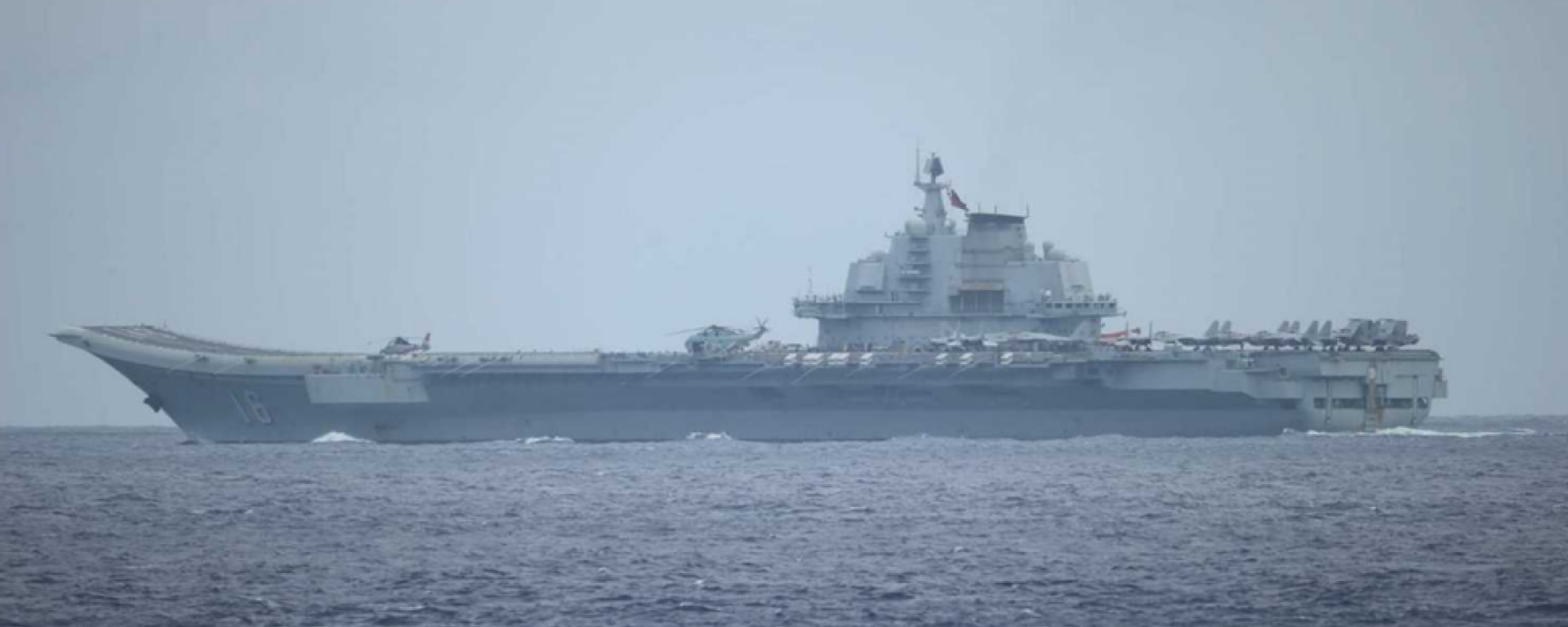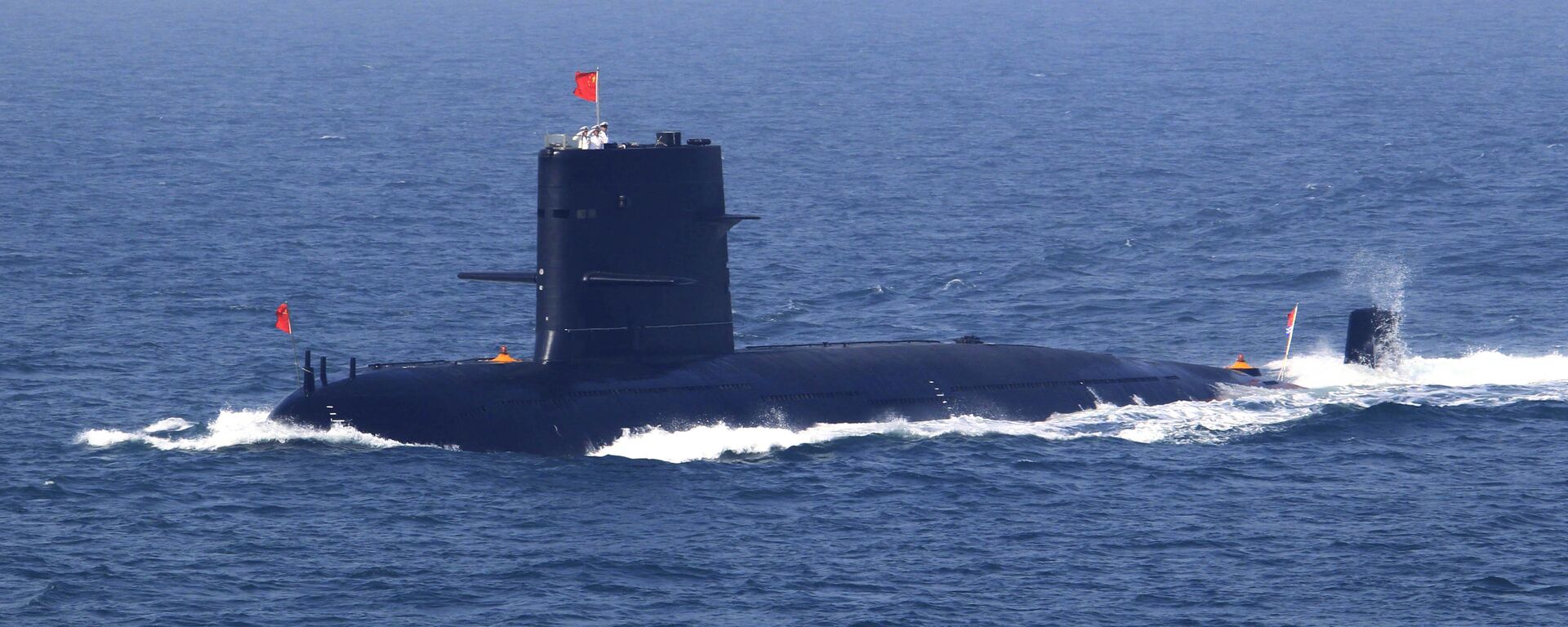Recent images of China’s J-36 and J-50 have reignited discussions about Beijing’s advancing dominance in next-generation airpower.
▪️Aerospace expert Bill Sweetman told SCMP that the designs are “quite impressive – cooler than most Hollywood advanced aircraft” and lauded them as “one of the most interesting combat aircraft designs to emerge in decades.”
▪️Former RAAF officer Peter Layton highlighted the J-36’s stealth, extended range, and supersonic cruise capabilities, saying it is “hard to shoot down before releasing weapons.” He called it a “qualitative strategic advantage in the air.”
▪️Layton also pointed to a dorsal intake that likely indicates a third engine, explaining that two engines alone may not sustain supersonic cruise. The third engine is expected to boost thrust and maintain speed — a key advantage in future air combat.
It remains unclear whether either jet incorporates AI or quantum tech, but analysts believe both aircraft are designed to command drone swarms and assign high-risk missions to unmanned wingmen.
Beijing’s timeline advantage
Malcolm Davis (ASPI) says China’s sixth-generation fighters may enter service before 2030. In contrast, the US F-47 isn’t expected until the mid-2030s — giving Beijing a clear timeline advantage.



